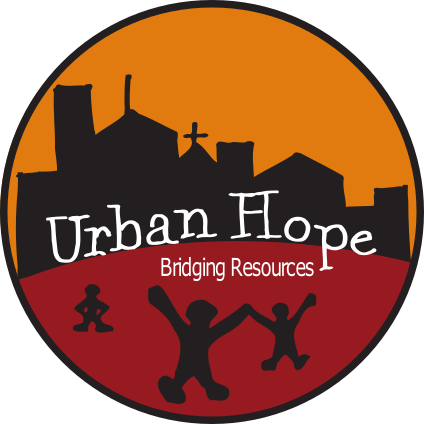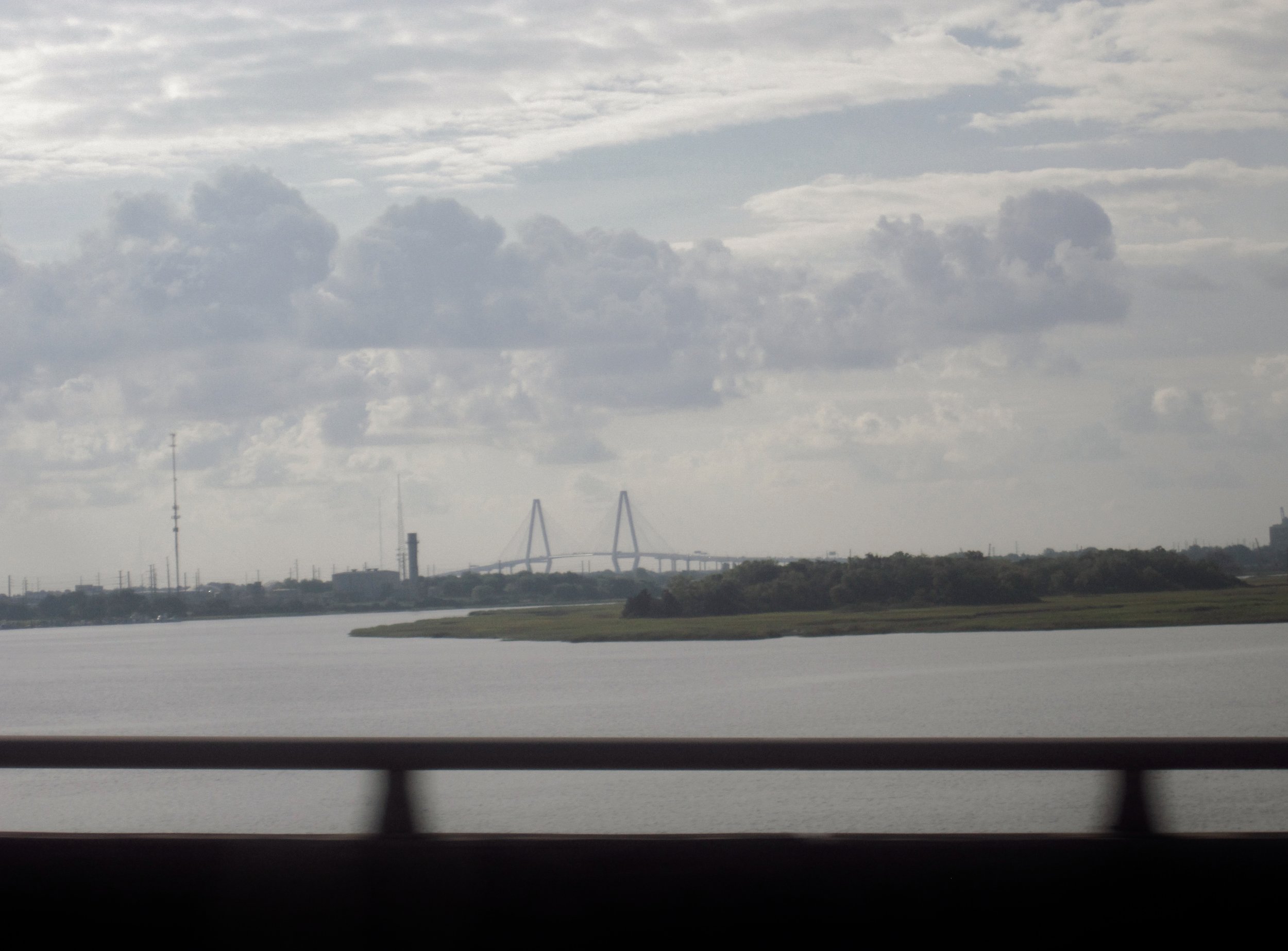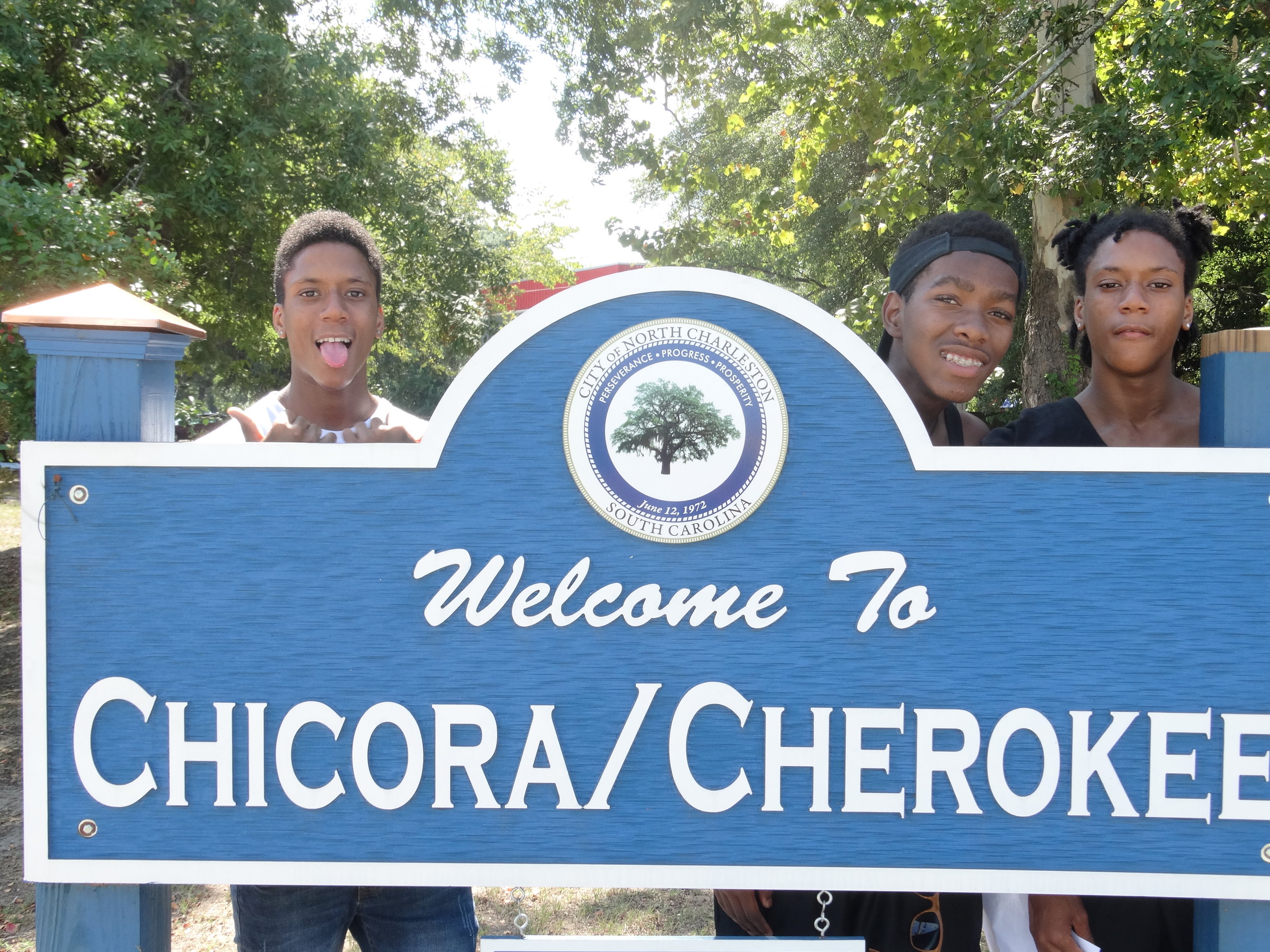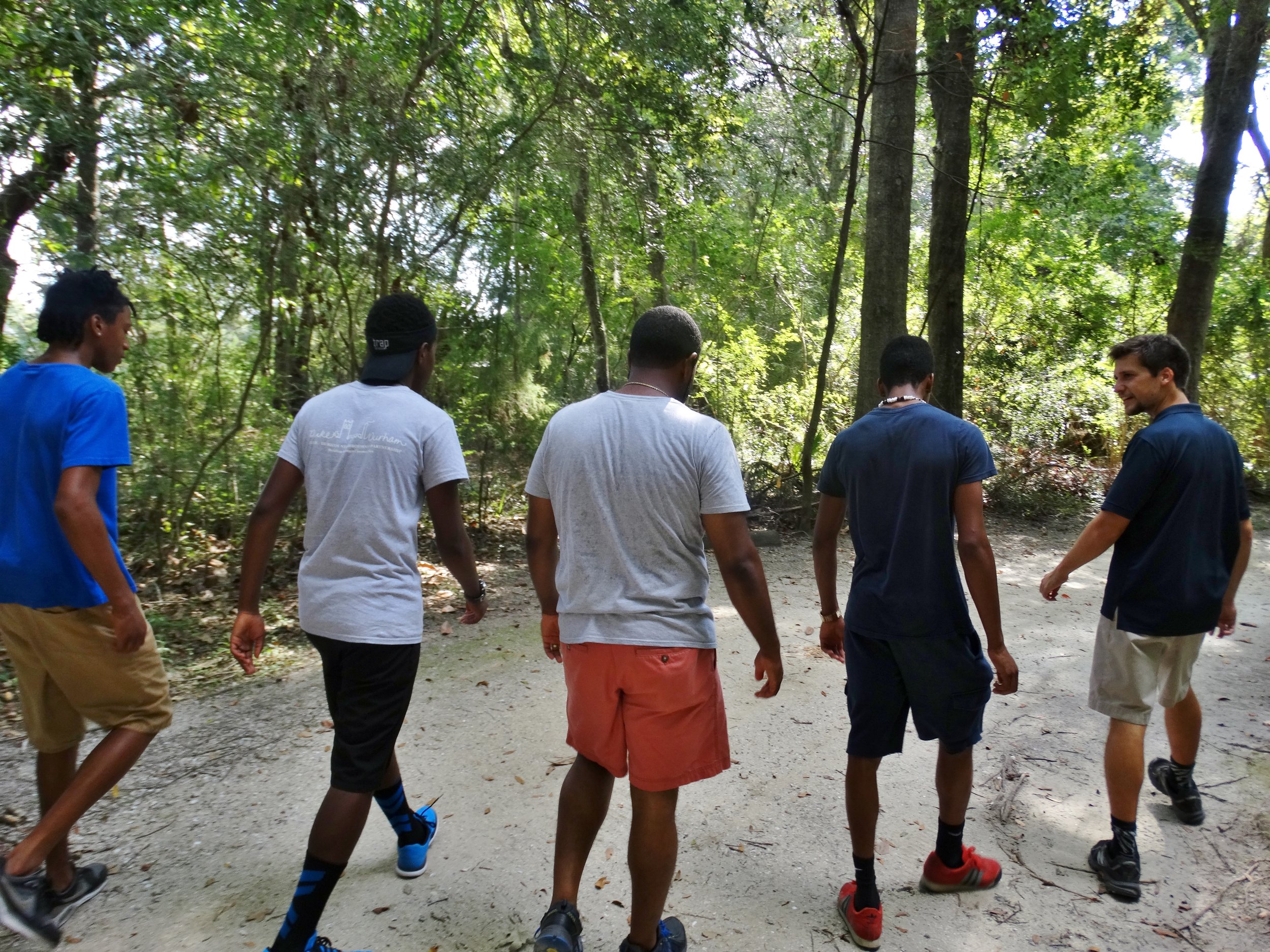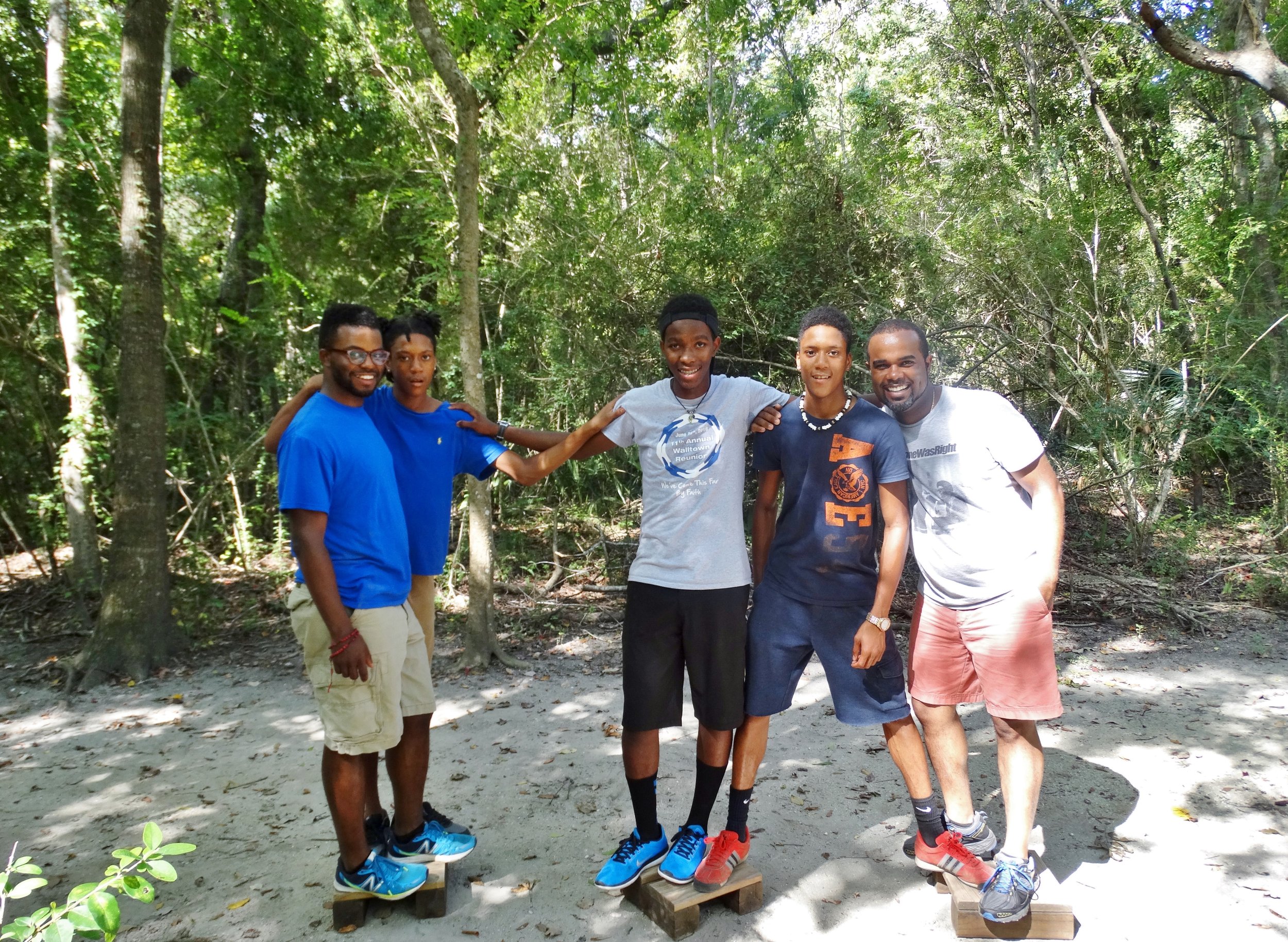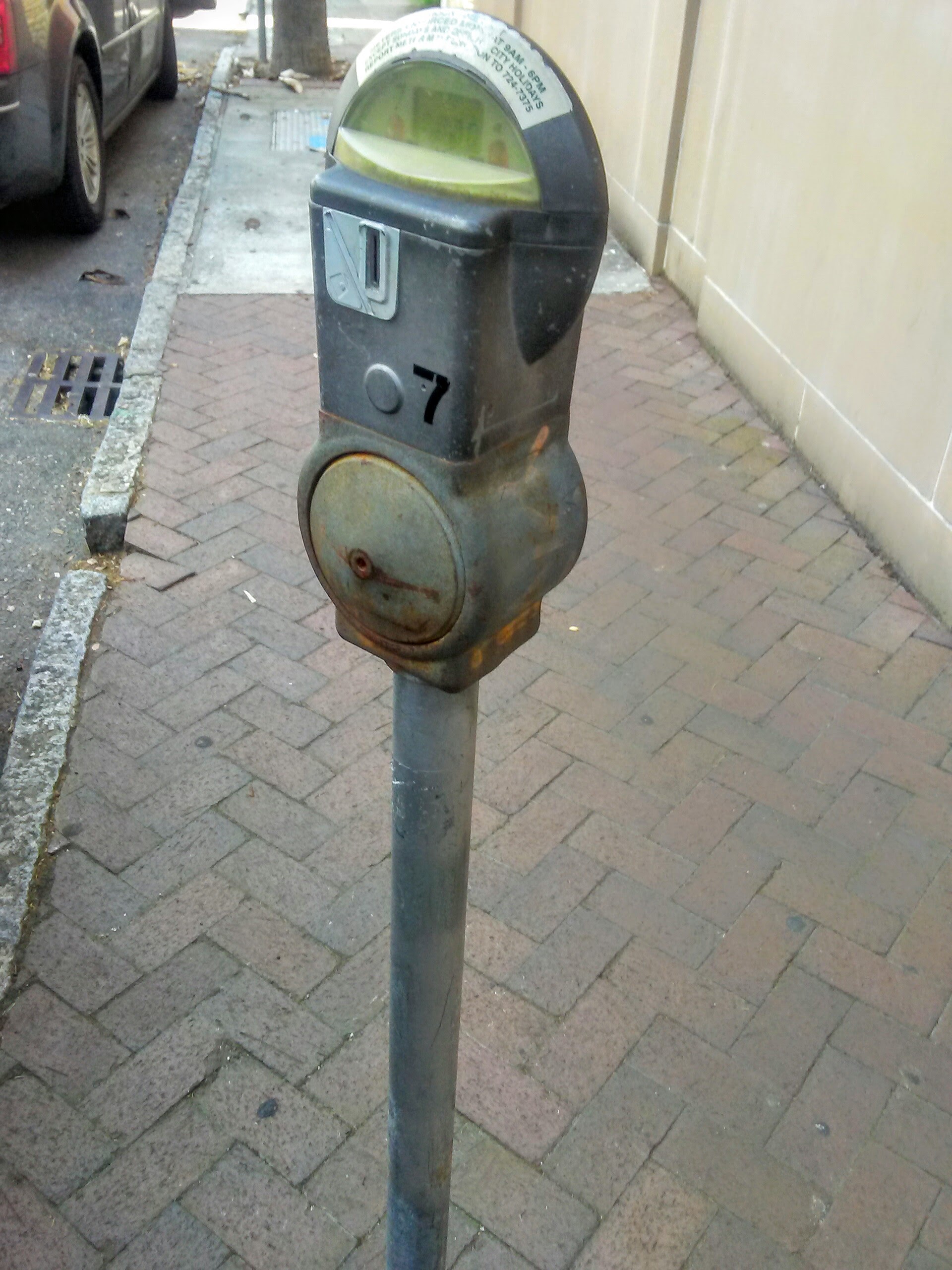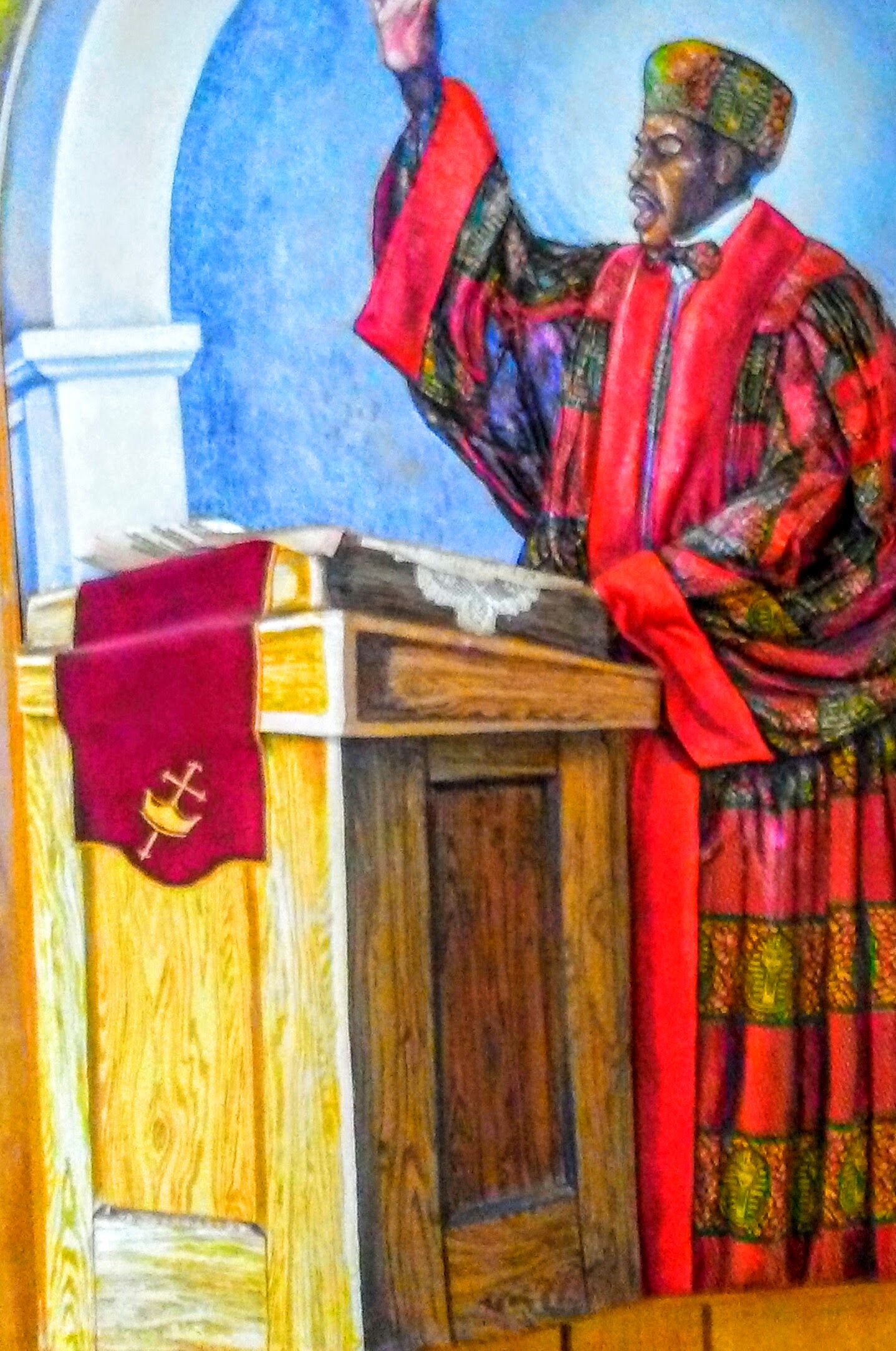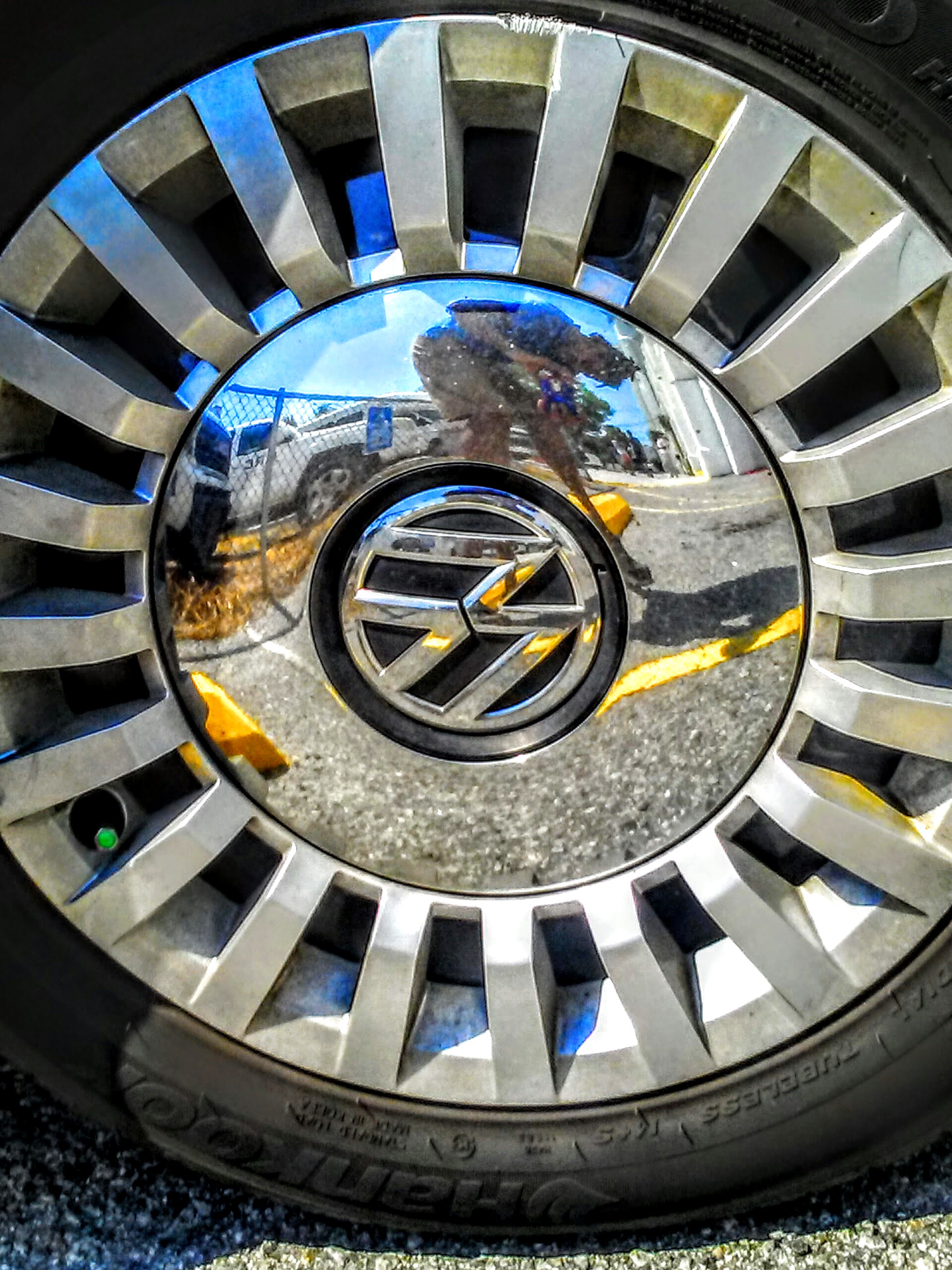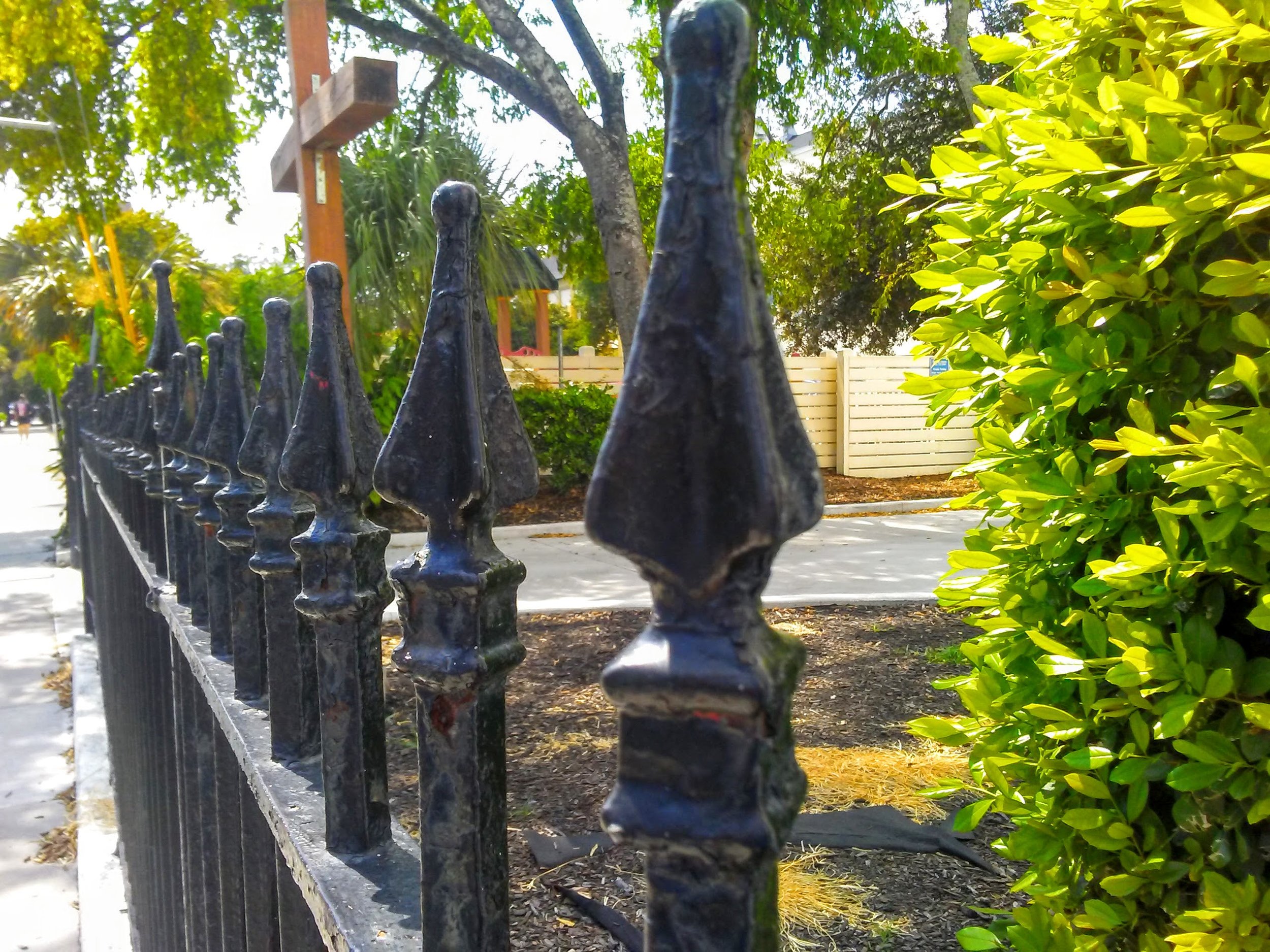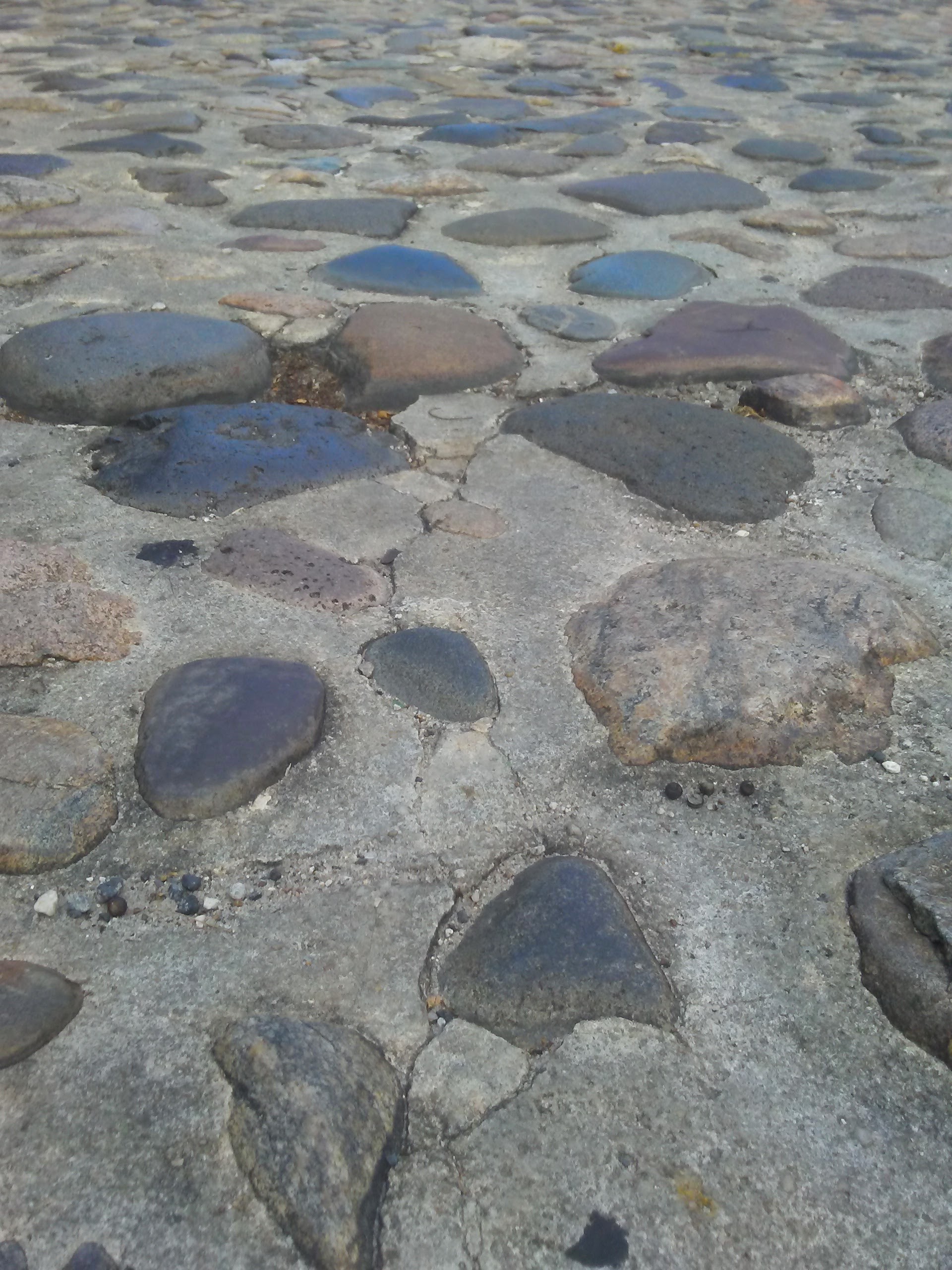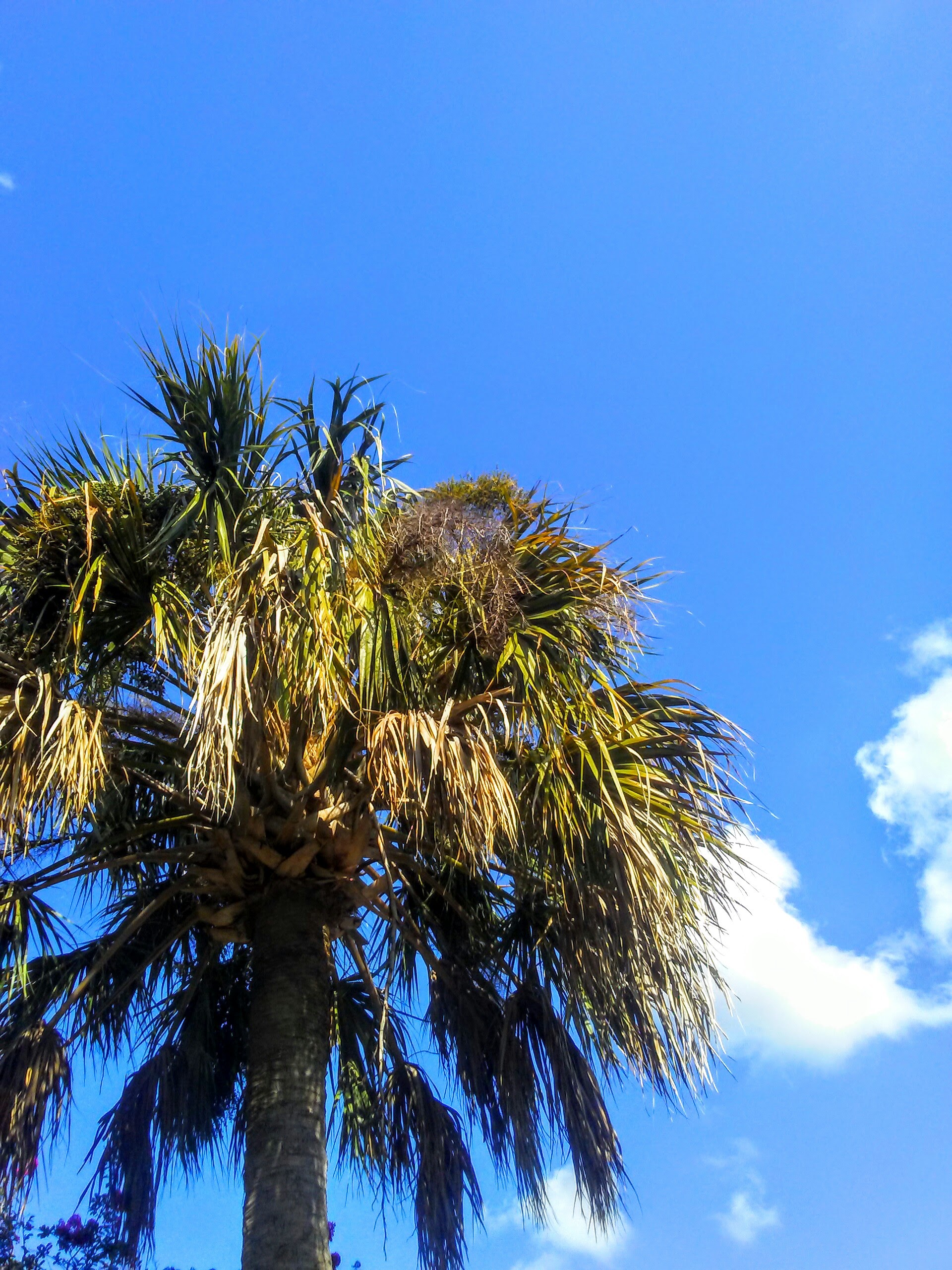Tales from the Town: In Pursuit of New Possibilities
/In a July 2016 New York Times Op-Ed entitled, “Solving All the Wrong Problems,” Allison Arieff offers an intriguing analysis on the plethora of start-up companies entering the social innovation market claiming to “make the world a better place.” She argues that this phrase has become increasingly empty lacking concrete commitment to the people and places suffering from isolation, injustice and poverty. In her perspective, the moral design of the new technological products and services we are being offered does not actually address the dire challenges facing American society but rather creates economies of self-indulgence that “focus on comfort and instant gratification.” While this critique does not apply to all social innovators, the question Arieff puts on the table is pressing and poignant, namely, what kind of moral imagination is needed to pursue social, technological, and economic possibilities that actually enrich our common life?
At Urban Hope, the shape of our moral imagination is Jesus Christ, the one whom people of every nation and language grab hold of and say, “Let us go with you, for we have heard that God is with you” (Zechariah 8:23). Throughout the Bible, particularly as embodied in the life of Jesus, God’s being with us is revealed as a deep love, or what theologians call “a preferential option,” for the poor, oppressed, and marginalized. Jesus articulates this love as part of his vision for our common life when he says that “the last will be first, and the first will be last” (Matthew 20:16). In her desire to transform our moral imagination, Arieff asks, “how can we get more people to look beyond their own lived experience?” This question is key because it helps us think more broadly about "who" is a part of our common life; but we cannot stop there. We must take Jesus' lead by asking what it would look like for the last in our society—poor people, women, people of color, people with differently abled bodies and minds—to become first. It is not enough that we invite those who have been left out to merely join our party. We must sit them at the best tables, feed them the tastiest food, serve them the finest drinks, and ultimately, allow them to join us in reconsidering the way we think about planning the banquet! We must, in other words, imagine how our homes, neighborhoods, schools, businesses, government, and religious communities might look if they reflected a “preferential option” for the poor, oppressed, and marginalized among us. Our young people are beginning to dream of such a world and we want to journey with them as they discover how to bring those dreams to life.
we created stones of remembrance to remind us of how god spoke to us on our jounrey
At mother emanuel ame church we heard stories of hope and paid homage to the charleston 9
Last month, three young men from our Young Leaders Group (YLG) ventured on a Pilgrimage of Possibilities to Charleston, South Carolina. Traditionally, a pilgrimage is a journey made to a sacred place as an act of religious devotion or paying homage but we believe it can also be a transformative experience that cultivates our moral imagination. The trip was designed to connect Walltown youth with young people from a ministry called Metanoia in the Chicora-Cherokee neighborhood, who also live in challenging socio-economic conditions, so that they might establish a sense of solidarity through the exchange of stories and ideas. We desired for them to become grounded—historically and theologically—in the trials and triumphs of African-Americans who have struggled for liberation so we visited Mother Emanuel AME Church and the Old Slave Mart Museum. We explored what the next step in their formation might look like during visits to Claflin University and South Carolina State University, historically black educational institutions that have equipped and empowered generations of African-Americans. In the end, our young men reflected on how the pilgrimage will shape their future possibilities and give them vision for creating change that will enrich our common life back in Durham. Check out their reflections on the experience below!
Jourdan Bledsoe is an eleventh grader at Durham School of the Arts. He has been a part of Urban Hope since the summer of 2014. He enjoys art, design, and ultimate frisbee. Hover over the slideshow pictures on the right (with your mouse) to see how Jourdan described our journey.
Isaiah Moss is an eleventh grader at Northern High School. He has been a part of Urban Hope since the summer of 2012. He enjoys art, basketball and making people laugh. Hover over the slideshow pictures on the right (with your mouse) to see how Isaiah described our journey.
Ishmael Moss is an eleventh grader at Northern High School. He has been a part of Urban Hope since the summer of 2012. He enjoys basketball, music and public speaking. Listen below to his poetic reflection of our pilgrimage entitled, "Invitation."
the young leaders of urban hope & metanoia building together during a game of bowling
